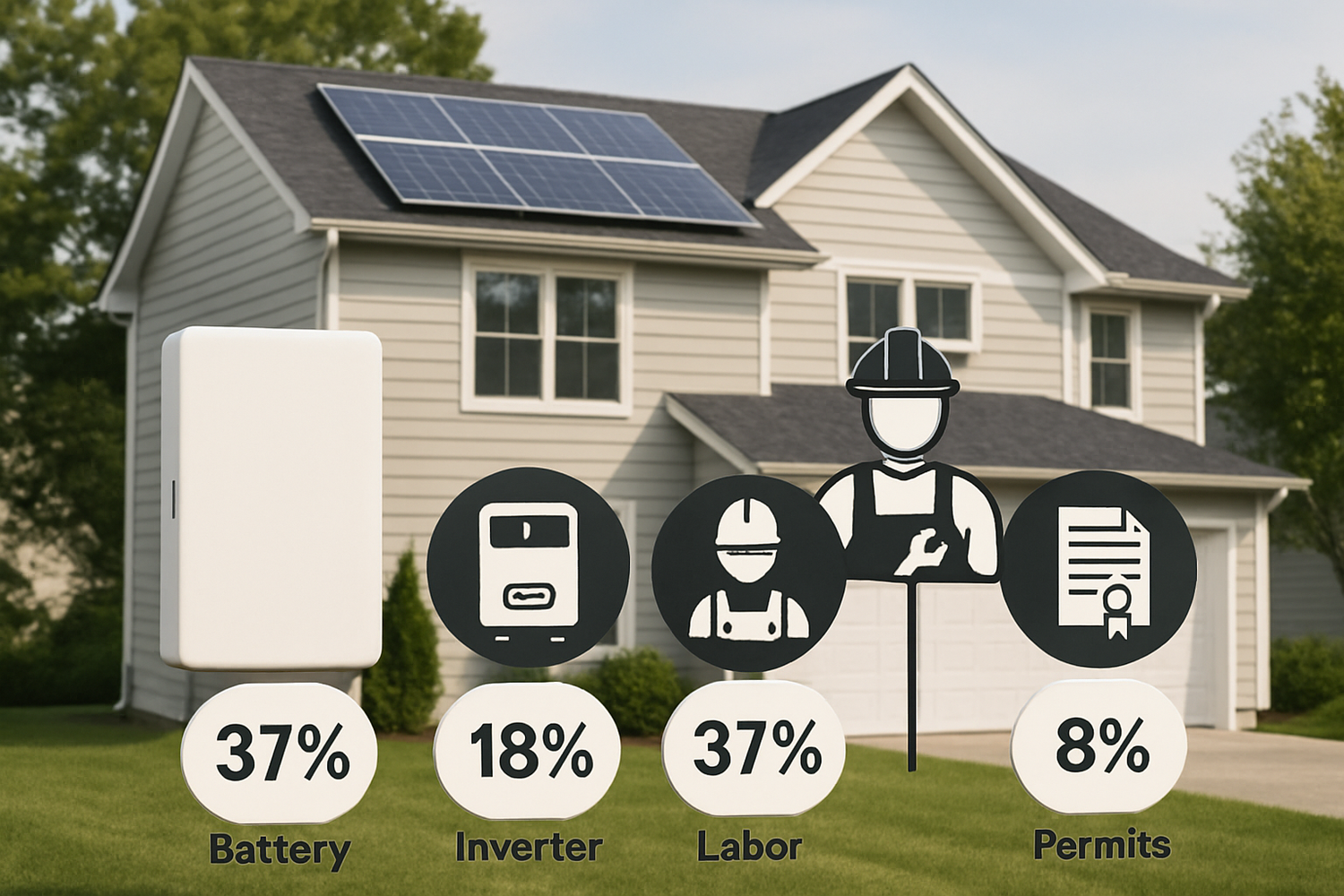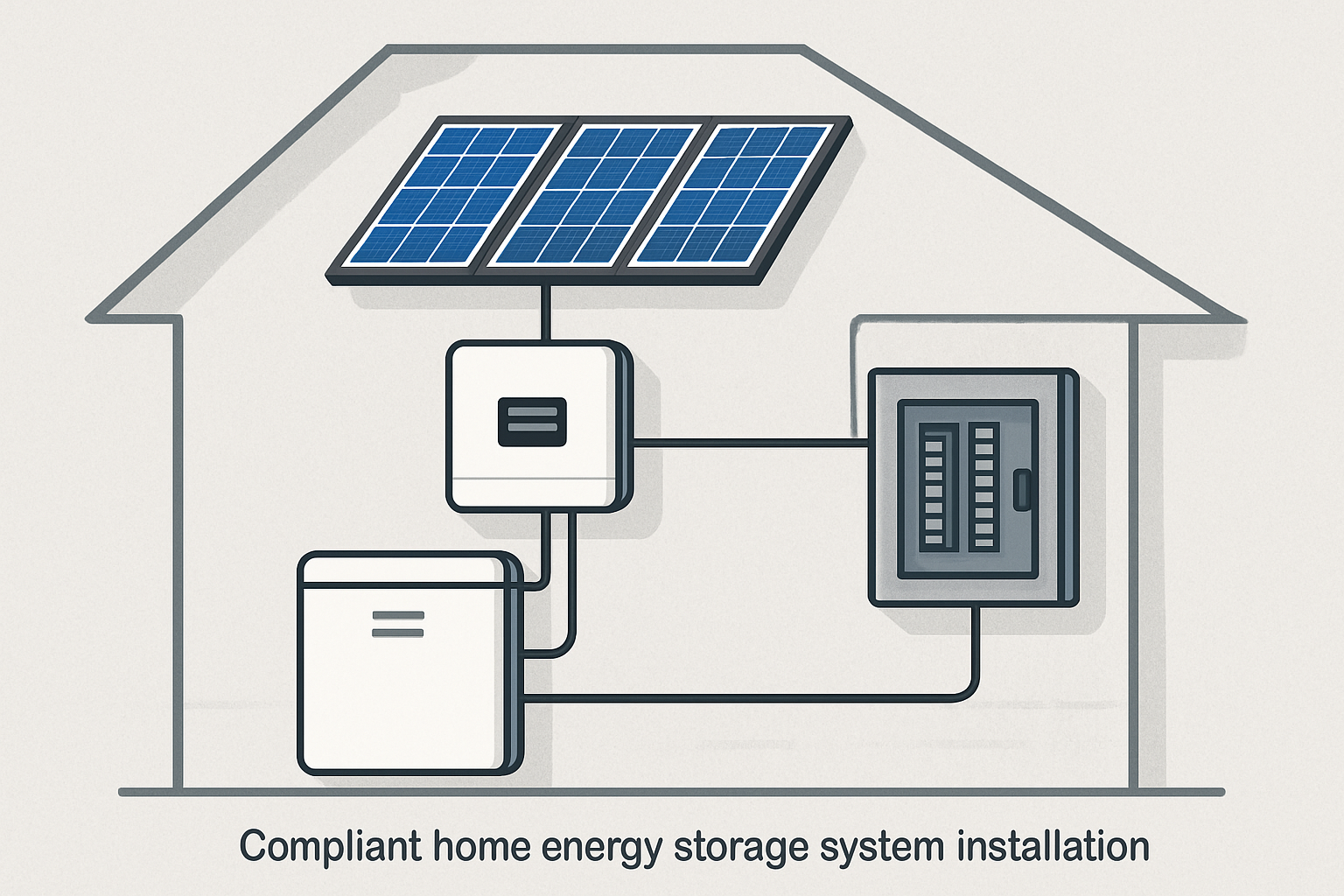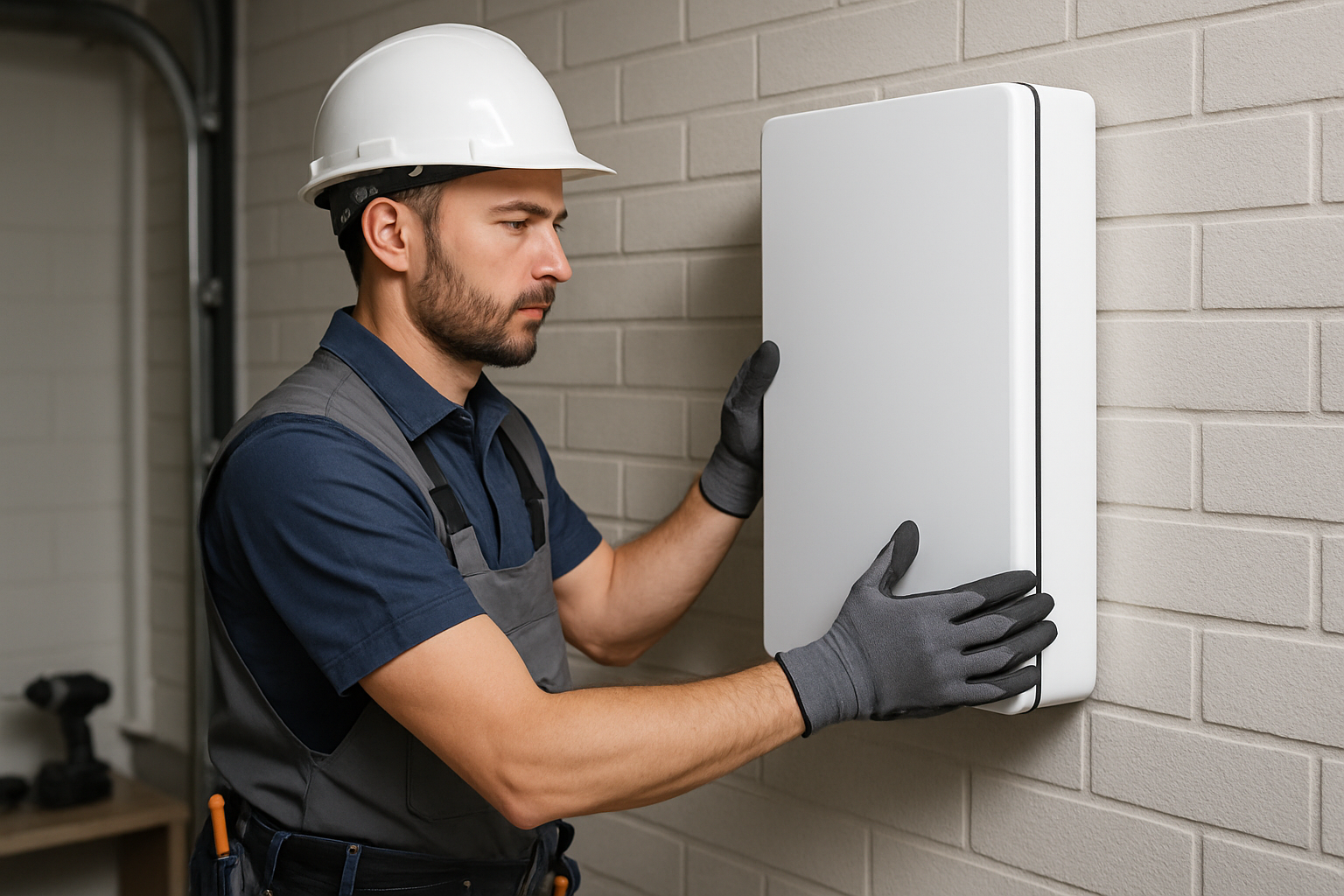As interest in energy independence grows, more homeowners are considering home battery systems. The initial price of the battery is a significant figure, but it's only one piece of the puzzle. The total home battery installation cost includes a range of components, labor, and other expenses that are crucial to understand before making an investment. This article breaks down the factors that contribute to the final cost of a home energy storage system.
The Core Component: The Battery Unit
The battery itself is typically the most expensive single item in any home energy storage project. However, not all batteries are created equal, and several factors determine their price and long-term value.
Battery Chemistry and Capacity
The capacity of a battery, measured in kilowatt-hours (kWh), is a primary driver of its cost—the more energy it can store, the higher the price. Most modern home energy storage solutions utilize lithium-ion chemistries, with Lithium Iron Phosphate (LiFePO4) becoming a popular choice. LiFePO4 batteries are known for their enhanced safety, thermal stability, and long lifespan, often providing thousands of charge-discharge cycles. While their initial cost per kWh might be slightly higher than some alternatives, their durability can lead to a lower total cost of ownership over time. Understanding key performance metrics is vital for evaluating value. For a deeper look into these metrics, the Ultimate Reference for Solar Storage Performance provides detailed insights into what makes a quality energy storage solution.
Brand and Quality
Established brands often come with a higher price tag, but this can be justified by proven reliability, robust warranties, and better performance. A quality battery is an investment in a system that will reliably power your home for a decade or more.
Essential System Components (Balance of System)
Beyond the battery, a complete energy storage system requires several other critical components, often referred to as the 'Balance of System' (BOS). These costs can add thousands of dollars to the total.
The Inverter
An inverter is necessary to convert the direct current (DC) electricity stored in your battery into the alternating current (AC) that powers your home's appliances. If you are adding a battery to an existing solar panel system, you might need to upgrade to a hybrid inverter that can manage energy flow from the solar panels, the battery, and the grid. This component can cost between $1,000 and $3,000.
Mounting, Wiring, and Safety Equipment
Proper installation requires more than just the main components. This includes mounting hardware or enclosures for the battery, heavy-gauge electrical wiring, and essential safety devices like circuit breakers and disconnect switches. In some cases, especially in older homes, an electrical panel upgrade might be necessary to handle the additional load, which can add $1,000 to $2,500 to the project cost.
System Monitoring
Modern energy storage systems come with monitoring software or hardware that allows you to track your energy production, storage levels, and consumption in real-time. This technology is key to maximizing your system's value by helping you make informed decisions about your energy usage.
Labor and Installation: The Human Element
The non-hardware expenses, often called 'soft costs,' are a significant part of the total home energy storage cost. These include labor, permitting, and inspection fees.
The Role of Certified Installers
Installing a home battery system involves complex, high-voltage electrical work that should only be performed by qualified and certified professionals. Labor costs can range from $2,000 to $8,000, depending on the complexity of the installation and local rates. While it may be tempting to cut corners here, professional installation ensures safety, code compliance, and that your warranties remain valid.
Permitting and Inspection Fees
Before installation can begin, your installer must submit plans to your local jurisdiction for a permit. After the work is complete, the system must be inspected. These fees can add several hundred to over a thousand dollars to the total cost. Research from the U.S. Department of Energy has shown that these soft costs can make up a substantial portion of a system's total price.
Site-Specific Complexity
Every home is different, and unique challenges can increase installation costs. Factors like a difficult-to-access installation location, the need for extensive wiring runs, or structural modifications can all add to the final bill.
Unlocking Value: Incentives and Long-Term Savings
While the upfront cost of a home battery system is considerable, various incentives and long-term savings can make it a more affordable investment.
Federal, State, and Local Incentives
Many governments offer incentives to encourage the adoption of renewable energy. In the United States, the Residential Clean Energy Credit allows homeowners to deduct 30% of the cost of a new battery storage system from their federal taxes. This credit applies to systems with a capacity of at least 3 kWh. Many states and local utilities also offer rebates or other programs that can further reduce the net cost.
Disclaimer: This information is for educational purposes only and does not constitute financial or legal advice. Consult with a qualified tax professional to understand your eligibility for any incentives.
Utility Programs and Grid Services
A home battery can generate ongoing savings by allowing you to avoid expensive peak electricity rates from your utility. By storing energy when it's cheap (either from your solar panels or from the grid during off-peak hours) and using it during peak times, you can significantly lower your electricity bills. As noted in a report by the International Energy Agency, installing battery storage with solar PV can effectively increase self-consumption and reduce reliance on the grid.
A Comprehensive View of Your Investment
Understanding the total cost of a home battery installation requires looking beyond the initial price of the battery. By factoring in the balance of system components, labor, soft costs, and available incentives, you can build a complete picture of the investment. A home energy storage system is a significant step towards achieving energy independence, providing backup power during outages, and gaining control over your electricity costs.
Frequently Asked Questions
How much does a typical home battery installation cost?
The total cost for a professionally installed home battery system typically ranges from $10,000 to over $25,000. The final price depends heavily on the battery's capacity, the complexity of the installation, and local labor costs.
Can I install a home battery myself?
It is strongly advised against a DIY installation. Home battery systems involve high-voltage electricity and require integration with your home's main electrical panel. A mistake can be dangerous and could void product warranties. Always use a licensed and certified installer.
How long does a home battery last?
LiFePO4 batteries, a common choice for home storage, are known for their longevity. They typically come with a 10-year warranty and can last for thousands of charge cycles, often providing reliable power for 15 years or more under normal use.





Leave a comment
All comments are moderated before being published.
This site is protected by hCaptcha and the hCaptcha Privacy Policy and Terms of Service apply.